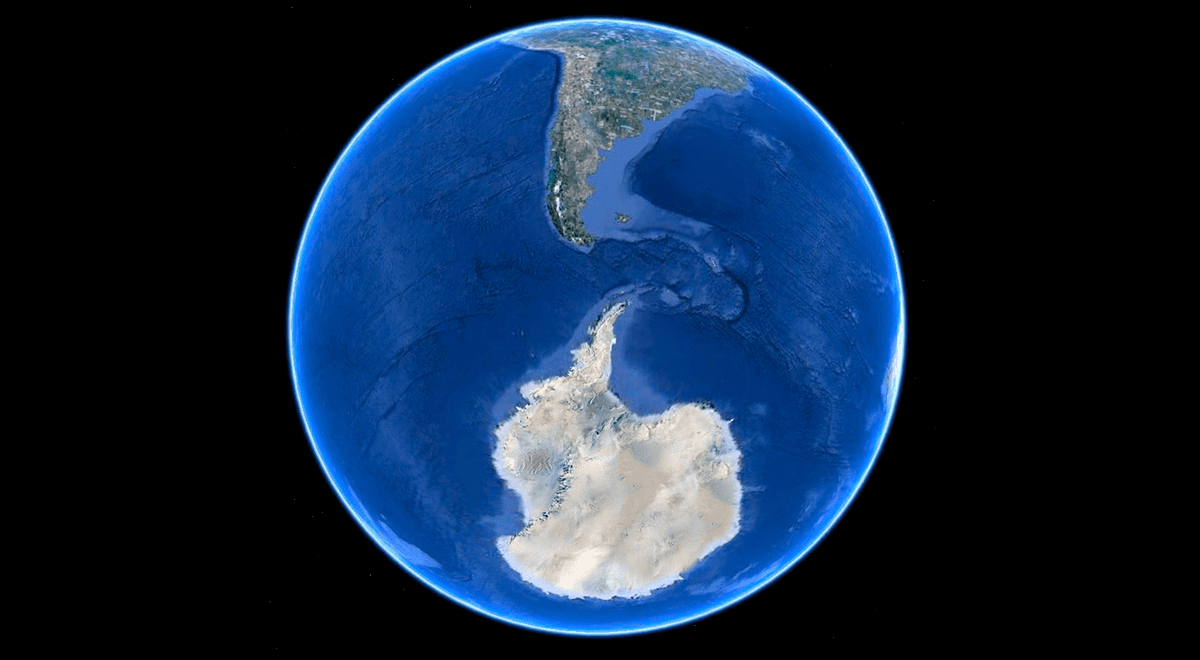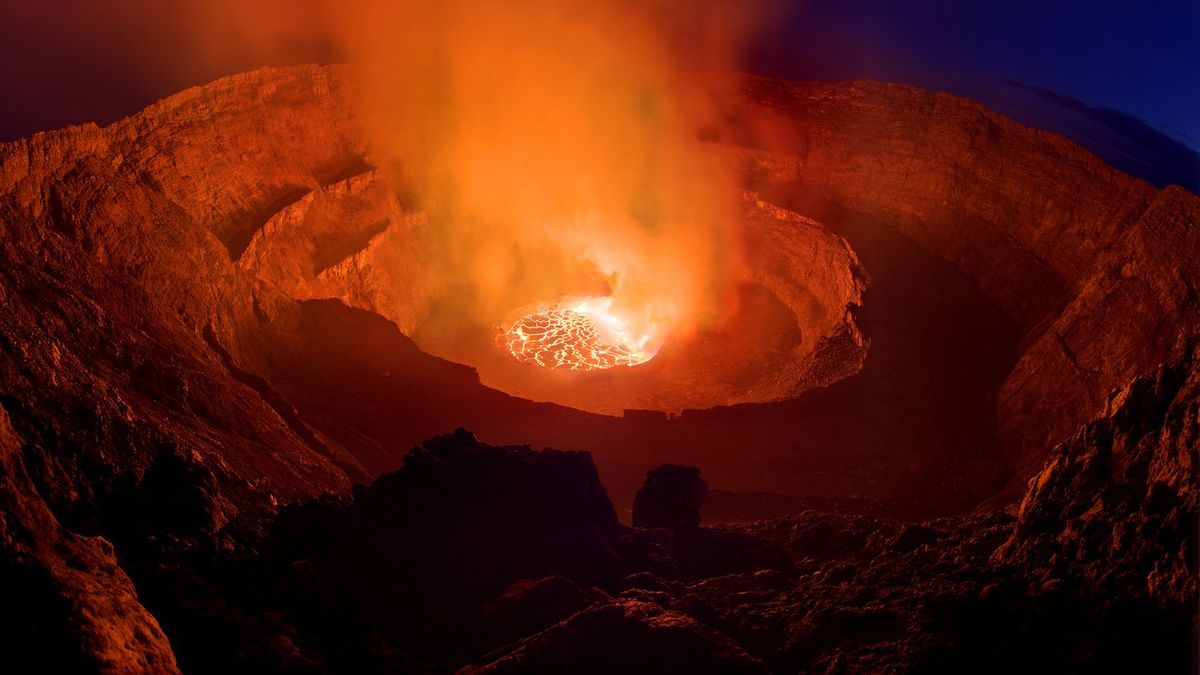A study shows that the South American, Antarctic and Indo-Australian plates will end together. Photo: Marji / Google Earth
To the naked eye, the Earth’s continents appear stationary. However, due to some geological processes, these massive blocks shifted in the past hundreds of millions of years. Now, according to recent studies, a supercontinent called Amasya will be formed, and in it south america It will end up joining Antarctica and Australia.
By looking at the movement of tectonic plates beneath Earth’s surface, as well as other geological clues, scientists know that between 340 and 180 million years ago, all the continents came together and formed the supercontinent called Pangea.
In recent decades it has been found, for example, that the American continent is moving away from Europe and Africa – at the same time that it is approaching Asia – at a rate four centimeters a year.
Earth’s tectonic plates. Photo: Nibbles
For this reason, hypotheses have emerged about what the next great continental massif might look like.
what is happening now?
One of the most recent investigations into this phenomenon was carried out by scientists from Curtin University in Australia and Peking University in China.
“We have designed a spherical Earth-like system using supercomputers and simulating the structures, properties and internal processes of Earth such as tectonic plates and the pregnancy cloak”, explained to the BBC Zheng Xiang Li, co-author of the study.
“We then ran a series of simulations to see what factors might control the way the supercontinent forms,” he added.
The results revealed that crust under the oceans (7 to 8 km) is getting thinner due to the planet’s internal cooling, so it ends up giving way to plate movement under the continents.
“Our result shows that with secular cooling of the Earth’s mantle, The general force of the oceans becomes weaker. The Pacific will shrink enough to become a smaller ocean than the expanding Atlantic and Indian oceans, said Chuan Huang, lead author of the study.
The new supercontinent: when and how will it form?
The study published in the journal national science review, He suggests that the Pacific Ocean, which is currently shrinking by a few centimeters a year, will eventually close less than 300 million years old, Which will strengthen the union of continents.
Representation of the supercontinent Amasya, within 280 million years. Photo: Curtin University
Firstly, Australia will collide with Asia. Later, it will join South America (already separated from the rest of the continent) and to Antarctica. Finally, you will do so with North America and Central America.
The name Amasya is due to the fact that the lands of North America will end in union with the Asian region, but in fact this giant continent could stand out for any other unions.
The authors suggest that the formation of Amasya will lead to lower sea levels, reduced biodiversity and A huge piece of barren land Within the supercontinent, as it happens in the middle part of the current continents: Sahara, Arizona, Mongolia, etc.


:quality(85)/cloudfront-us-east-1.images.arcpublishing.com/infobae/TEQF6EONZRFGLLLDIDD4L2O4EE.jpg)

:quality(85)/cloudfront-us-east-1.images.arcpublishing.com/infobae/X3EWN3XYUNC6XMAZXFRBJ7U3SE.jpeg)